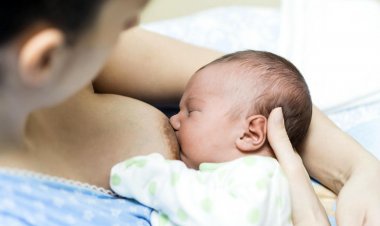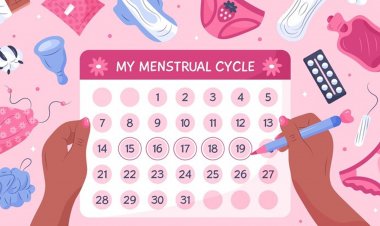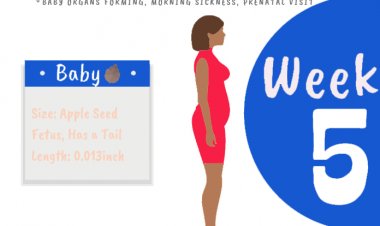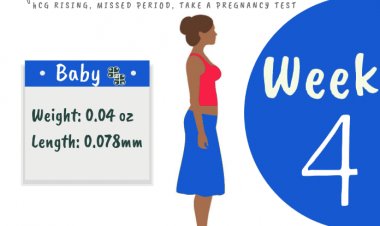How to conceive a baby-girl/baby-boy?
I always get many questions from onlookers asking about ways to know for sure what gender the child is. Having a boy or a girl is not important for having a healthy baby.

Men influence the gender of the child, not women. Men provide sperm that contain either an X (girl) or a Y (boy) fused sex chromosome. It is a hypothesis that one male testicle produces girl sperm and the other boy sperm, but, this is just a false belief! Both male testicles produce equal numbers of X and Y sperm and it is by random chance, which fertilizes the egg. Some men produce better quality X or Y sperm which may be the reason why particular families have large numbers of girls or boys.
X sperm are considered more flexible than male Y sperm and live longer than Y sperm. Y sperm move faster than X sperm. X sperm move slowly but retain energy for a long time and thus live longer.
To increase the chances of getting pregnant, it is always advisable to have intercourse during the time of ovulation. Ovulation usually occurs 12 to 16 days before your next period starts.)
But how do you know you're ovulating?
Many women feel a specific pain on one side of their lower pelvis during the middle of their menstrual cycle.
- Changes in the cervix. The fertile mucus is clear, watery, and stretchy. The cells change to encourage the smooth passage of sperm up through the uterus toward the fallopian tubes. Fertile mucus is less acidic than non-fertile mucus and this environment favors sperm, rather than kills them.
- There are also some commercially available ovulation kits that detect hormonal changes that occur during ovulation, specifically an increase in the Luteinizing Hormone.
- Women who have ovulated and are at their most fertile often experience an increase in their libido.
- Increase in your basal body temperature. This is the lowest temperature that your body attains during rest and sleep. The temperature rises by a few degrees just before ovulation occurs.

 mybabycare
mybabycare 















